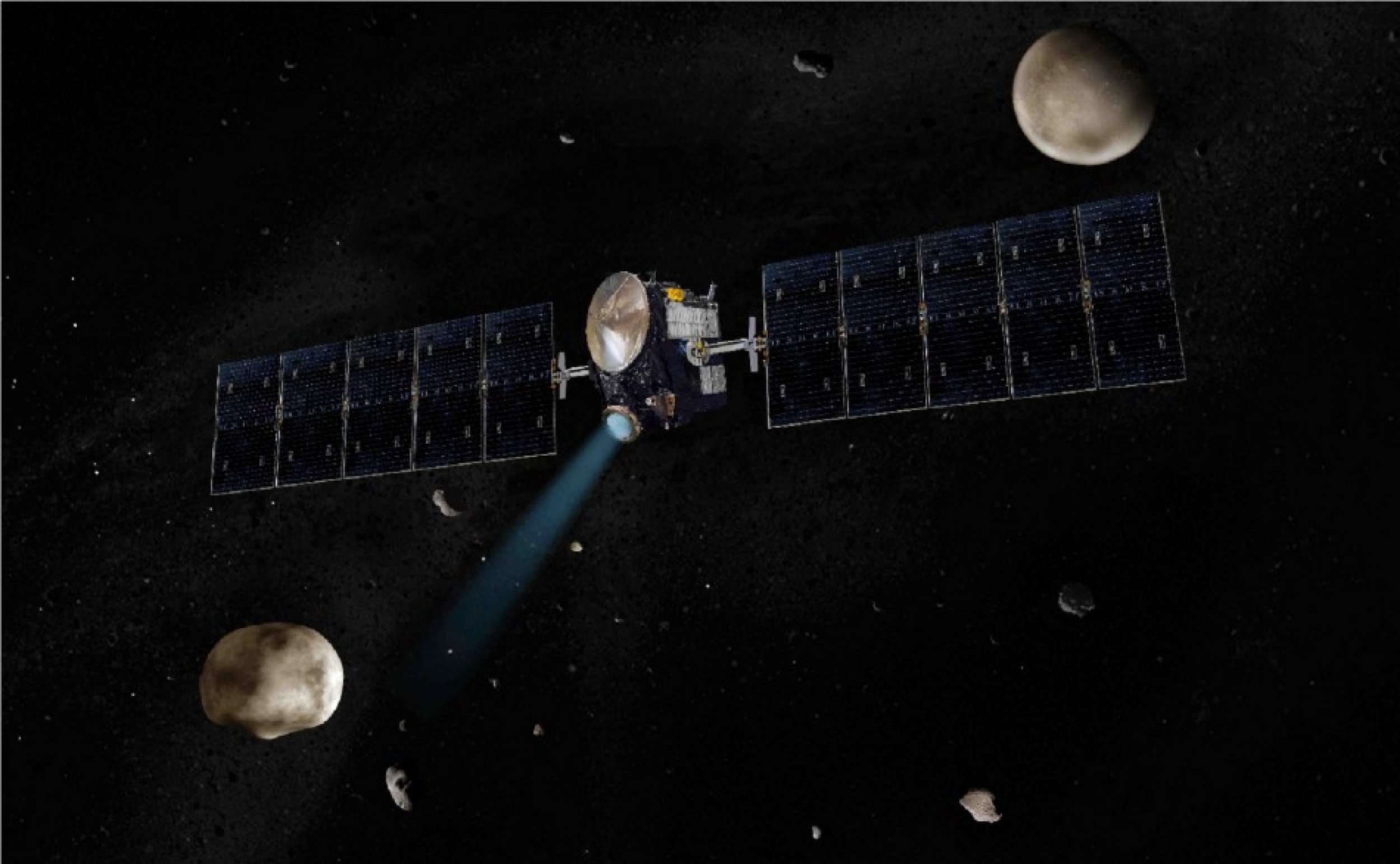Dawn Spacecraft to Orbit Asteroid Vesta [PHOTOS & VIDEOS]
NASA’s Dawn spacecraft is set to move into an orbit around asteroid Vesta on July 16 and subsequently study it.
Vesta is the second largest asteroid in the asteroid belt, a region in the solar system between Mars and Jupiter that largely consists of small and irregular bodies. Vesta’s mean diameter is about 24 times smaller than the earth’s diameter.
Scientists are intrigued by Vesta because it isn’t merely one of the many rocky celestial objects in the asteroid belt. Rather, its geologically diversity and characteristics suggests it may be a remnant of a protoplanet, which scientists think are the embryonic building block of planets like earth.
Moreover, Vesta is the source of many meteorites that fall to the earth.
“We can't wait for Dawn to peel back the layers of time and reveal the early history of our solar system, said Christopher Russell, Dawn principal investigator, at UCLA.
After its stop at Vesta, Dawn will orbit Ceres, a dwarf planet also located in the asteroid belt.
Ceres and Vesta are unique celestial bodies in the asteroid belt because Jupiter’s gravitational pull and tidal effects are thought to prevent the formation of large celestial masses there.
Dawn is a high-tech robotic spacecraft launched by NASA in 2007. It’s the first spacecraft to enter an orbit around a celestial body for a prolonged period and study it. It’s also the first to visit Vesta and Ceres.
It’ll study Vesta between 2011 and 2012 and Ceres in 2015.




© Copyright IBTimes 2024. All rights reserved.











